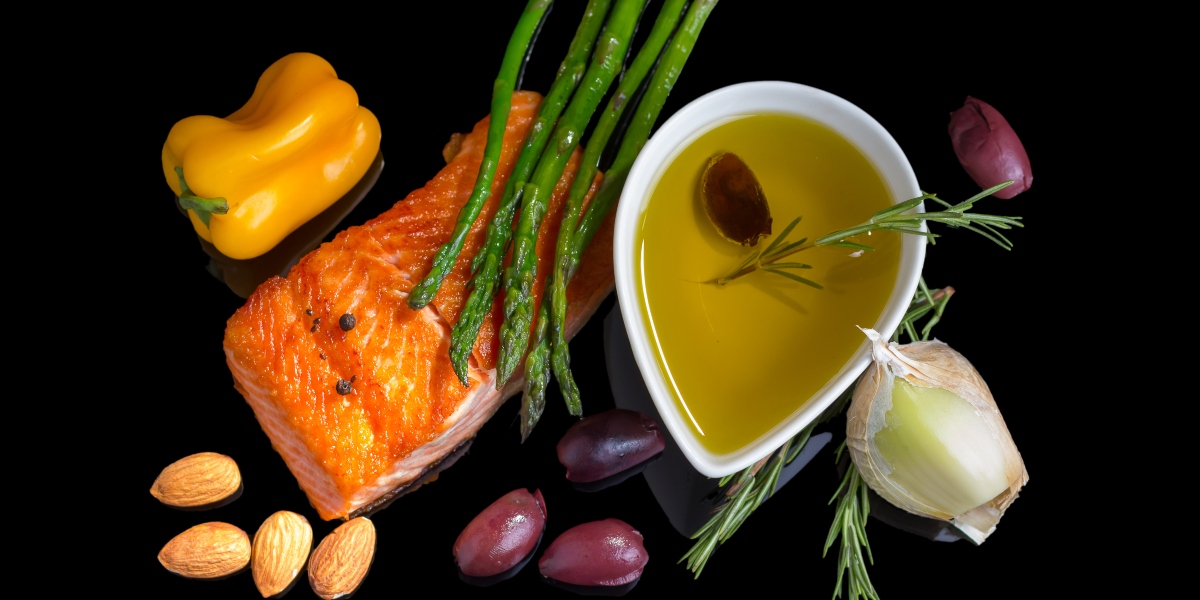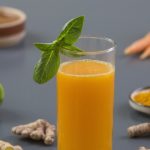The 7 Best Anti-inflammatory Foods to Try This Spring
Inflammation can cause a wide variety of health problems, from slight fatigue to serious damage to blood vessels, organs, and joints. While we cannot control some of the underlying causes of inflammation, such as pollution and air quality, we can take measures to reduce inflammation. Certain foods can have an anti-inflammatory effect, for example, while other foods can actually promote unhealthy inflammation.
How Inflammation Works
Your immune system protects you from foreign invaders, like bacteria, viruses, and other pathogens. When your immune system detects an invader or injury, it activates a number of processes. Damaged cells trigger the release of chemicals that cause blood vessels to leak into the tissues, which then causes inflammation that helps protect the injured area by isolating the foreign substance and preventing the substances from contacting body tissues. The chemicals also attract white blood cells that destroy germs and eliminate dead or damaged cells.
Acute inflammation, such as after an injury, that lasts for only a short time is part of the body’s regular immune response, but chronic inflammation that lasts for three months or longer can cause lasting pain or other health issues. In fact, research shows there is a link between chronic inflammation and cancer, heart disease, diabetes, arthritis, depression, and Alzheimer’s disease.
Controlling chronic inflammation is important at any time of the year, of course, but it is especially important during the active summer months. Chronic inflammation can lead to stiff and sore joints that can keep you from enjoying the activities you love. This spring, as you head back outside into the fresh air, consider these anti-inflammatory foods to help fight inflammation and maintain your health.
Top 7 Anti-inflammatory Foods to Enjoy this Spring
1. Fruits and Vegetables
Spring is the perfect time to indulge in the fresh fruits and vegetables that keep inflammation under control. For best results, “eat the rainbow” of fruits and vegetables. Plants contain different pigments that give them their color. These pigments, also known as phytonutrients, also provide special health benefits.
Leafy green vegetables, such as spinach and kale, are especially good at reducing chronic inflammation. Research shows that leafy green vegetables reduce blood levels of C-reactive protein (CRP), a biomarker that doctors use to measure inflammation. The inflammation-lowering effect comes from beta-carotene in these foods. Cherries and other foods contain polyphenols and vitamin C that reduce inflammation. Tomatoes contain lycopene, which suppresses the immune system’s inflammatory response. The phytonutrients anthocyanins give blueberries, raspberries, strawberries and blackberries their eye-popping color – they also reduce inflammation.
2. Whole Grains
Whole grain foods, such as oatmeal, whole wheat bread, and oatmeal, are high in fiber. Eating a high fiber diet can reduce CRP levels. Fiber can also help you lose weight and maintain a healthy weight, which can reduce inflammation.
3. Nuts
Almonds, peanuts, hazelnuts, pistachios, pecans, and walnuts contain a generous amount of inflammation-fighting fiber, calcium, magnesium, zinc, Vitamin E and Omega-3 fats.
4. Herbs and Spices
Herbs and spices make your food more flavorful, but they also reduce inflammation. Garlic contains diallyl disulfide, which limits the effects of the chemicals that cause inflammation. The turmeric in curry powder contains curcumin, which suppresses inflammation through a number of mechanisms. Ginger contains the chemicals gingerol and shogaol that block inflammation.
5. Olive Oil
Olive oil contains oleocanthal, a compound that prevents the production of the pro-inflammation enzymes, COX-1 and COX-2. The oleocanthal in olive oil works to reduce chronic inflammation in the same way as non-steroidal anti-inflammatory drugs (NSAIDs), such as ibuprofen.
6. Fish
Spring is a fantastic time to eat fish—it tastes great, is low in calories, and is easy to prepare. Fish also contain omega-3 fatty acids that fight inflammation.
7. Green Tea
Green tea is delicious hot or cold. It also contains a natural antioxidant, known as epigallocatechin-3-gallate (EGCG), which stops the body’s production of inflammatory chemicals.
Spring is a Great Time to Take Action against Inflammation
Spring offers the opportunity to tackle inflammation. Adding anti-inflammation foods to your diet is a great start, and making other lifestyle choices can help you reduce inflammation, too. Engaging in 30 to 45 minutes of aerobic exercise along with 10 to 25 minutes of resistance or weight training four or five times each week can combat inflammation, for example. Managing your stress is another great way to halt inflammation.
Red light therapy can also help. Also known as photobiomodulation (PBMT), red light therapy uses the power of specific wavelengths of light that boost energy production in cells and stimulate blood flow to the affected area. These wavelengths of light can penetrate into deep tissues to alleviate inflammation. The PBMT treatment feels good, and you combine red light therapy with other approaches to optimize the inflammation-fighting effects.
For more information on foods to fight inflammation, consult with a health or nutrition specialist. Curbing inflammation can be one of the best things you do for your body this spring.







